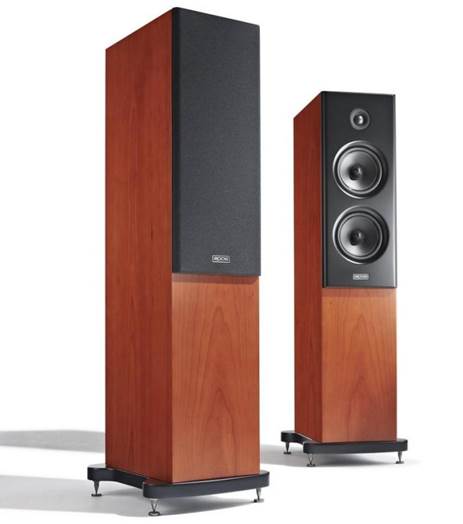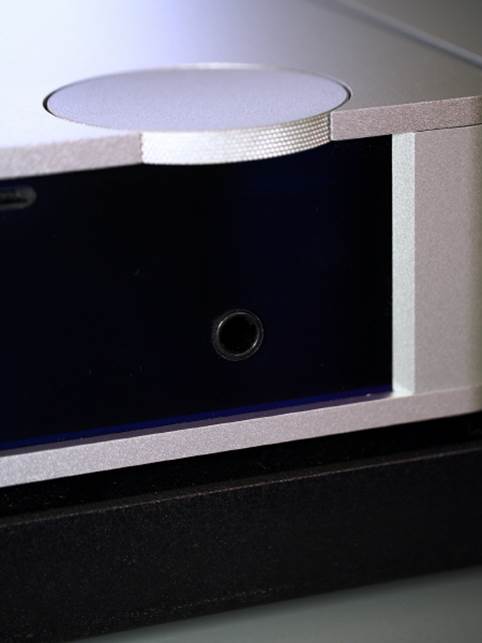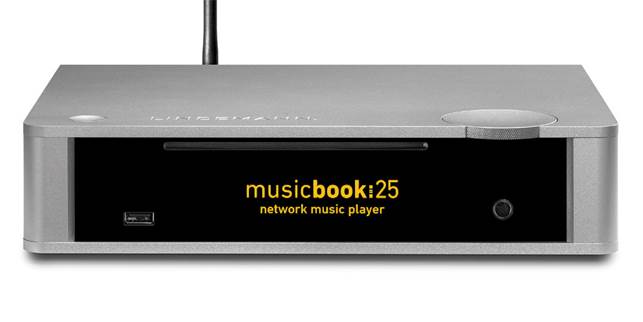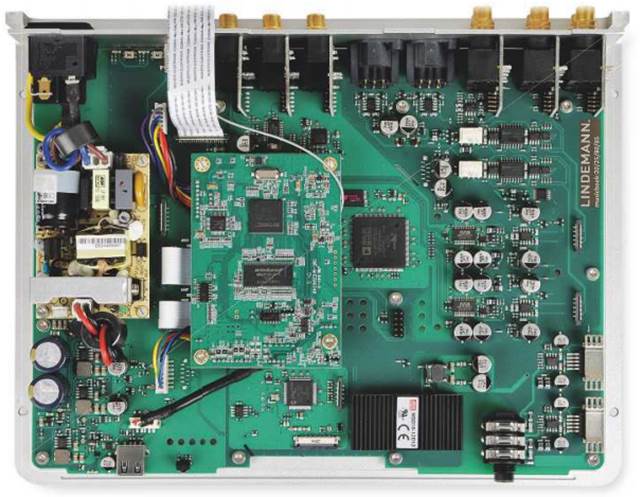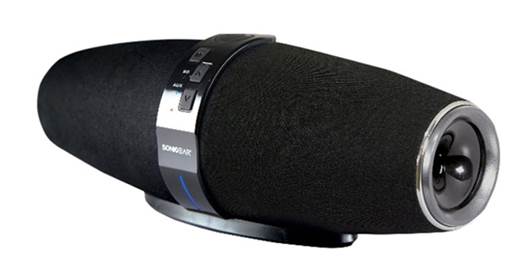Hot on the heels of the talented RS Phono comes an affordable, petite pre-power duo from Pro-Ject.
The Phonox RS from Pro-Ject was probably the single most surprising product I tested in 2012. I had no doubt, given Pro-Ject’s experience in the field, that it would be perfectly capable, but I wasn’t expecting something built like a tank, fitted with options rarely seen at three times the price and capable of producing a very grown up sound. So when I was offered the chance to audition the partnering pre-power amplifiers, I was keener than a particularly large dollop of mustard…
The Pre Box RS and Amp Box RS both weight in at $898.5, which is exactly the same price as the aforementioned Phonobox. The range is completed by an interesting looking media streamer, which is exactly the same price as the aforementioned Phonobox. The range is completed by an interesting looking media streamer, which we hope to review soon. Black and silver finishes are available, usefully. While phono stages are familiar ground for a turntable manufacturer, pre and power amplifiers are rather more off piste and at $1,800 all up, this Pro-Ject duo finds itself facing some stiff competition from various one and two box units.
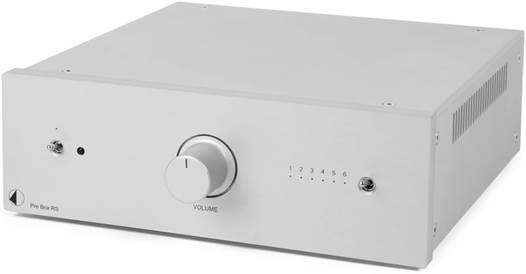
Pro-Ject Pre Box RS
First impressions are very positive. The Pre RS takes after the Phonobox RS and has a thoroughly impressive specification for the price. For $900 Pro-Ject is offering a fully balanced, Class A, dual mono preamplifier with no negative feedback and a pair of ECC88 values. Other niceties include an ALPS Blue volume pot and the same exceptionally solid casework as the Phonobox RS. Despite being a half width design, the Pre RS offers six inputs, three of which are balanced. This is an impressive number of XLR connections but has potentially been done at the expense of unbalanced, ones as three inputs are slightly limited in this regard. Juice comes courtesy of an Offboard wall wart-type power supply.
The matching Amp Box RS is a 110W power amplifier fitted with a matching set of balanced and unbalanced inputs to make full use of the Pre Box. The most interesting part of the design is what happens between those inputs and the actual amp. The Amp Box also uses values, in this case a ‘tube buffer’ comprising another pair of ECC88s that process the signal before amplification.
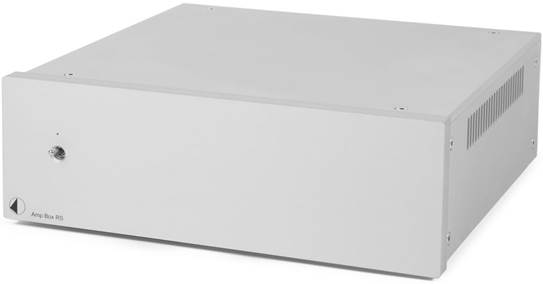
The matching Amp Box RS is a 110W power amplifier fitted with a matching set of balanced and unbalanced inputs to make full use of the Pre Box
This is a decidedly unusual fitment, and not one I’ve encountered before. Matching a valve preamplifier with a solid-state power amp is far from unheard of and external tube buffers have been sold to sit between sources and amps, but building what is effectively a solid-state power amplifier with a valve ‘signal processor’ is something a little different…
The other features are more logical. A single pair of reasonably high quality speaker terminals provides the output and like the Pre RS it uses an external power supply. In this case, in order to deliver 110 watts, the power supply is rather larger affair with a screw-in type connector on the rear panel and a hefty mains block at the other end that has a conventional IEC socket. When placing the Amp Box RS in a rack, you will need to take this into account.
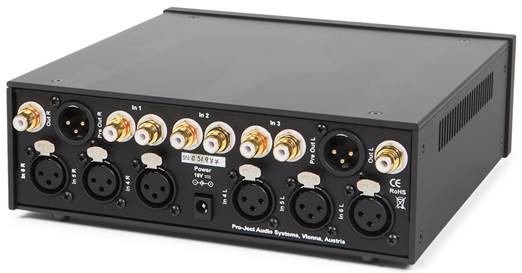
Pro-Ject Pre Box RS
The overall effect is an impressive looking duo although there are a few cosmetic and user niggles. The volume control might be a high quality pot, but it feels very stiff in use and the gearing is somewhat abrupt – the difference between no output and very loud is rather less than a centimeter. Input selection on the Pre RS is also a little curious. Instead of series of buttons or a rotary selector there is a toggle switch that you press multiple times to select the input of your choice. This is novel but depending on how many sources you have, potentially rather annoying. The small plastic remote is also not something to get too excited about, then again is excusable at the price.
